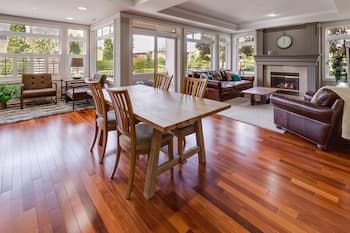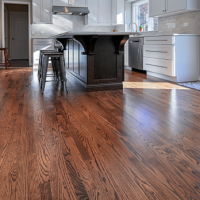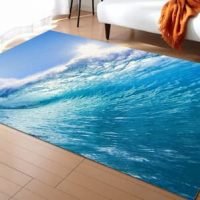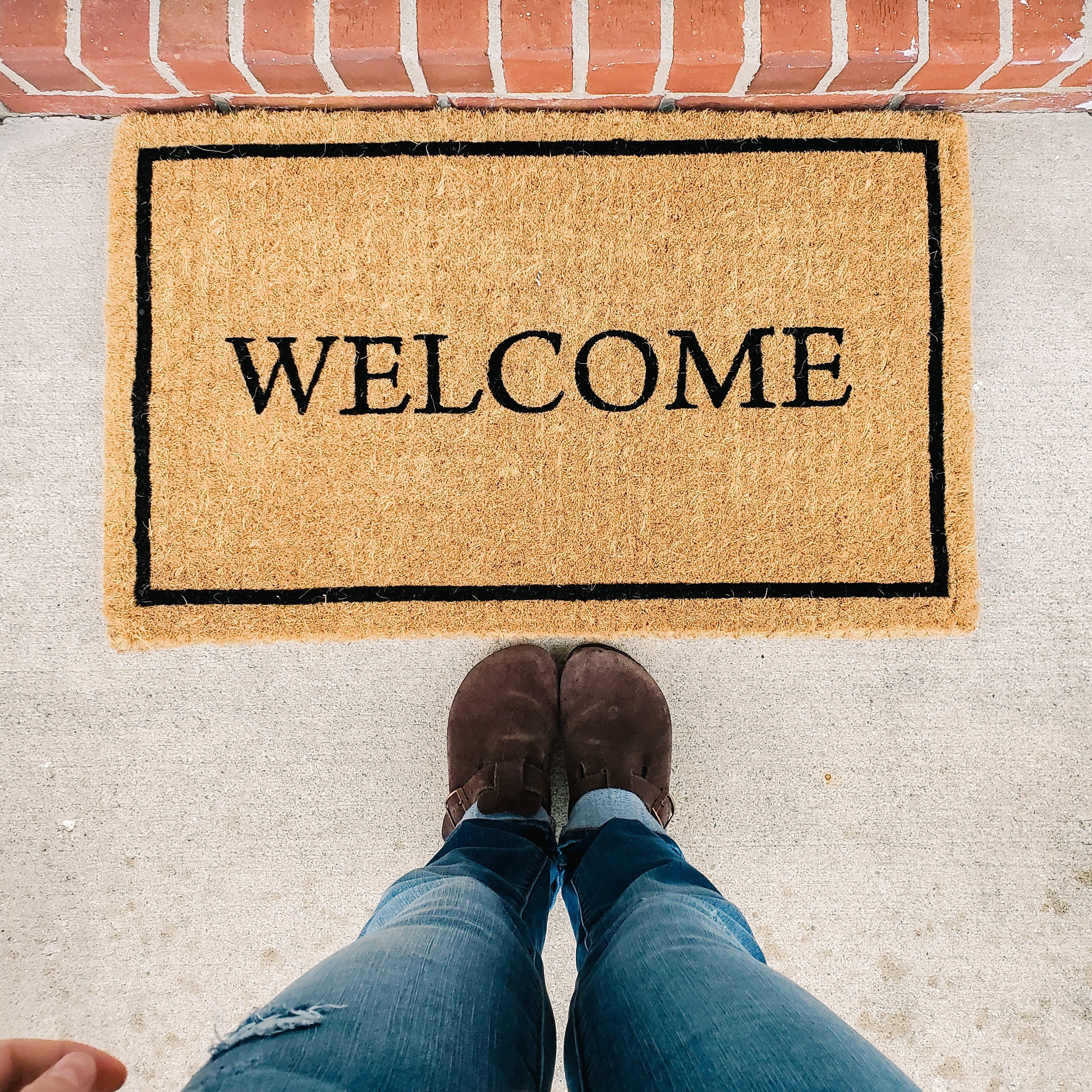Water damage to the hardwood floor is a significant and common problem now. There are many ways to fix the damage of water to the hardwood floor. In this article, I am going to share how to fix engineered hardwood floor water damage.
To fix the water’s damage to the floor, we need to find out the water source. After finding the basis, this would be the first step to prevent the water. When the water incoming is stooped, then one will be able to fix the damage.
Care is better than repairing
We all know that water is the most dangerous foe of the wood. It means our hardwood floor needs a lot of care for longer life. Even if we take care properly still, there are chances of water penetration into the wood floor.
Layers of polyurethane are protective against water but to a limited extent. After that limit, they can’t stop water from getting into its target. But we can stop the water by taking care of the upper layer of polyurethane.
Another method is to clean our wood floor with wood floor cleaner properly to help the protective layer last longer. In this way, we can protect our wood floor before the damage happened.
Methods of repairing
As this is about hardwood floors, there are many methods and options available for fixing water damage. Because we can cut half of an inch in the hardwood floors quickly and in this way, the damaged part can be removed easily and replaced with a healthy piece.
In this solid flooring, a piece can be removed and, after drying, fixed again on the floor. More new parts are easy to install into the existing damaged base.
There are two types of hardwood flooring. One is prefinished, and the other one is unfinished. Replacement of both the hardwood floors is easy, but the prefinished floor needs more effort.
The prefinished floor is polished in the factory while replacing any specific part will result in an unusual look of foundation.
While the unfinished floor is easy, one can mold its design according to its comfort after replacing the damaged part.
Another thing that should be remembered while buying the prefinished hardwood floor is to buy some extra planks to replace damaged ones as it would not be easy to find the same design for the damaged plank replacement in the future.
Procedure for Repairing
The boards that are slightly damaged with water can be sanded down in the field. And are those parts can be restained and recoated. It seems like a straightforward procedure, but it is a complicated one.
The reason is that the wood board can change its color with time due to the environment. After sanding, refinishing can create problems. So hiring a specialist person is recommended for this issue.
Moreover, it is not easy to hide the signs of cutting under finishing. Thus, mostly after repairing a small part of the floor, the whole floor’s finishing is required. The best way to fix the water damage is to replace the damaged boards due to the above-described problems. And then apply the refinishing to the whole floor.
The proper process can take time and skills, but it is a long-lasting way of repairing.
First, you should find the exact matching floor pieces that will be installed as a replacement.
Second, the size of the new boards is crucial. It should be the same as the existing one for better quality repairing.
Below a method consisting of different steps is described for the seamless repaired floor.
Water resource detention
As I have described above, it is impossible to fix hardwood floor water damage without identifying water sources. So all of the first detect the water source and then stop water penetration into the floor. Once the water is stopped, then the process of fixing can start.
Planks selection
Well, the boards of wood that are clearly showing water damage will certainly be removed. But at this stage, some additional skills of identification are needed to judge surrounding planks. Inspect the surrounding of a damaged floor very carefully and also sort out some affected boards.
This step will make sure that no future damage will happen. For example, if you will leave the surrounding same where it is. Then, it is possible that the surrounding planks can show damage on the upper surface in the future.
Damaged floor removal
Now remove all the damaged boards and also remove those boards that are slightly affected by water. And again, make sure of the dryness of the subfloor. Always make sure that your subfloor is hundred percent dry.
Even if it is concrete in the subfloor, you should still make sure that the subfloor is dry. If there is little moisture, then give some time to the floor to dry completely. When all the affected parts, whether entirely affected or not, are removed, the next step should be followed.
Replace the floor
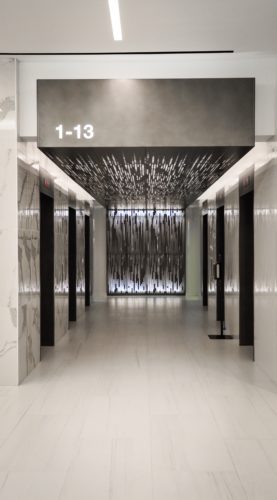
When the hardwood floor’s base is installed is recognized as completely true, then the new floor’s replacement of the old damaged floor happens. The most important thing during the installation of new boards is that the proper protective shield installation. If you do not put a protective layer, you invite the water to damage the future floor.
It would help if you took care of the proper fitting size of new blocks so that they can fit in the gaps perfectly. Once you have installed the new blocks, now it’s time to do the next step.
Refinishing the entire room
When you have installed the planks, then it’s time to refinish the whole floor. If you refinish only the affected parts, you will find variables in the look. So it’s better to refinish the entire room again to minimize the chances of variation.
Reference
Easiest way to clean your room
After refinishing, your room is ready to use again with the last perfect look. Follow these steps to avoid any danger.
Contents
